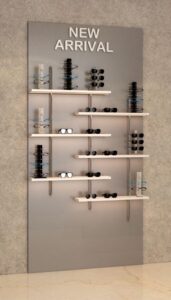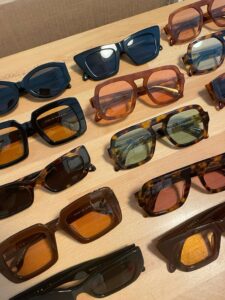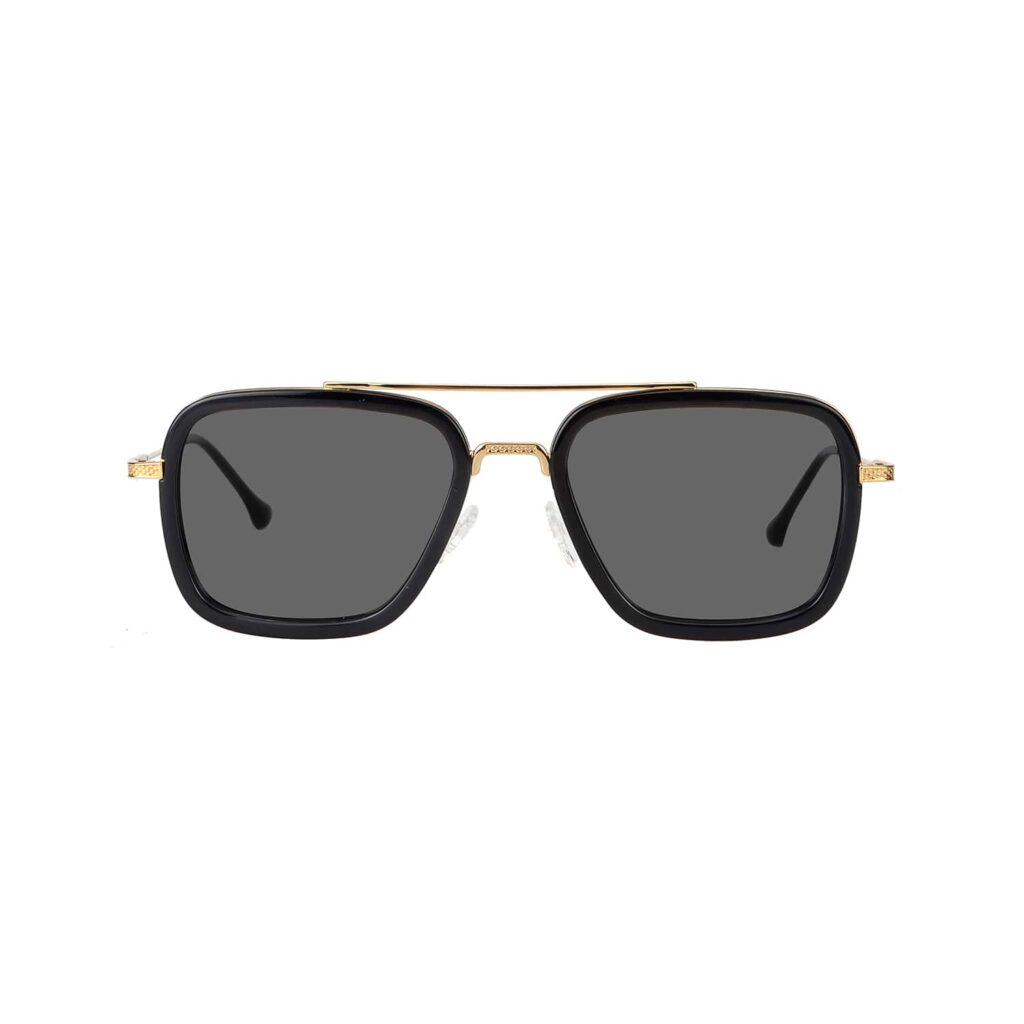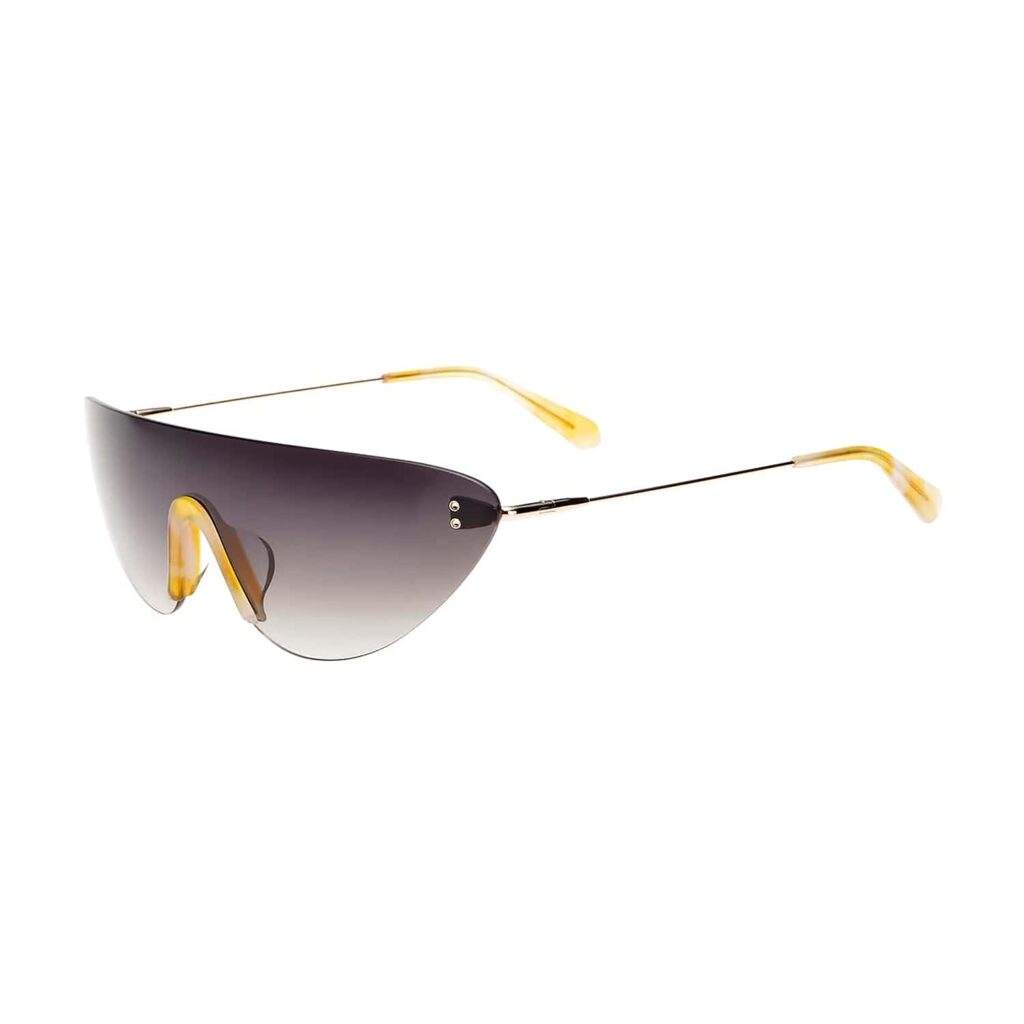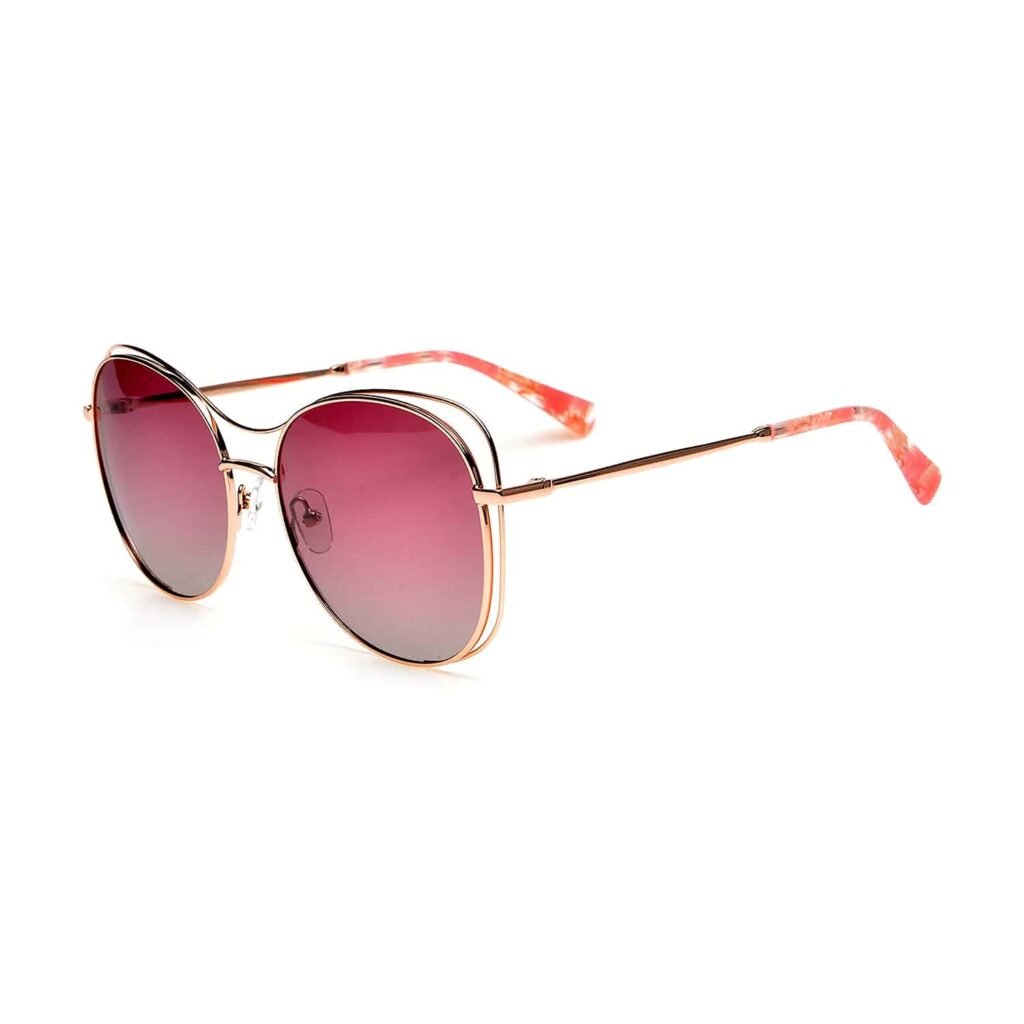Introduction
Choosing the right Eyeglass Frame Materials can make all the difference in product quality and customer satisfaction. As a leading manufacturer and supplier in the eyewear industry, we understand how this decision affects not just the final product but also your brand’s reputation. The materials used in eyeglass frames significantly influence factors like durability, comfort, and style—elements that can sway purchasing decisions.
In this article, we present a concise comparison of various frame materials, detailing their pros and cons. This guide will help you make informed choices, whether you’re a wholesaler looking to expand your product line or a retailer aiming to meet specific customer needs. By understanding the unique characteristics of each material, you can better align your offerings with market demand, ultimately driving more sales and enhancing customer satisfaction.
Frame Material Comparison
1. Plastic Frames (Polycarbonate, TR90, Ultem)
Plastic frames are popular for their lightweight and comfortable fit. Polycarbonate is known for its excellent impact resistance, making it a great choice for active consumers. TR90 offers flexibility and is less likely to break under stress, while Ultem is favored for its durability and heat resistance.
- Pros: Lightweight, affordable, various colors and designs.
- Cons: Can scratch easily, less premium feel compared to metal frames.
- Best for: Everyday eyewear, kids’ glasses, and budget-friendly options.
2. Metal Frames (Stainless Steel, Titanium, Aluminum)
Metal frames provide a sleek, sophisticated look that appeals to fashion-conscious customers. Stainless steel is durable and corrosion-resistant, while titanium is lightweight and hypoallergenic, ideal for sensitive skin. Aluminum is another option that combines strength with a modern aesthetic.
- Pros: Durable, stylish, adjustable for a better fit.
- Cons: Heavier than plastic, can be more expensive.
- Best for: Fashion eyewear, premium lines, and professional settings.
3. Wood Frames
Wood frames offer a unique, eco-friendly option for consumers who value sustainability. Materials like bamboo and durian wood provide both durability and natural aesthetics. However, wood requires careful handling to avoid damage from moisture.
- Pros: Eco-friendly, unique designs, lightweight.
- Cons: Susceptible to environmental changes, may be less durable.
- Best for: Niche markets focused on sustainability and individuality.
4. CombinationEyeglass Frame Materials
Combination frames use a mix of materials, often blending the durability of metal with the lightweight nature of plastic. This approach can offer the best of both worlds—style and comfort.
- Pros: Versatile design, durable, can cater to various styles.
- Cons: Potentially higher cost, complexity in manufacturing.
- Best for: Trendy, modern eyewear collections.
Comparison Of Eyewear Glasses Frame Materials – Know The Pros And Cons!
| Material | Weight | Durability | Appearance | Comfort | Cost |
| Acetato | Medium | Moderate (wearable but prone to deformation) | Diverse (rich in colors and textures) | Comfortable (fits well) | Moderate (good value) |
| Nylon | Lightweight | Durable (heat and cold resistant) | Simple (multiple colors available) | Comfortable (soft) | Affordable (budget-friendly) |
| Cellulose Propionate | Medium | Moderate (suitable for daily wear) | High gloss (premium look) | Comfortable (breathable) | Higher (for high-end market) |
| Titanium | Lightweight | Extremely durable (highly corrosion-resistant) | Diverse (modern aesthetic) | Comfortable (good fit) | High (luxury positioning) |
| Stainless Steel | Medium | Durable (resistant to bending) | Simple (timeless classic) | Comfortable (stable fit) | Affordable (widely available) |
| Carbon Fiber | Lightweight | Extremely durable (impact-resistant) | Typically black (subtle luxury) | Comfortable (breathable) | Higher (high-end positioning) |
| Aluminum | Medium | Durable (long-lasting) | Single color (minimalist design) | Comfortable (suitable for extended wear) | Moderate (reasonable value) |
| Memory Metal | Lightweight | Moderate (suitable for sports) | Diverse (sporty aesthetic) | Comfortable (good elasticity) | Higher (high-end positioning) |
| Wood and Bamboo | Medium | Low (prone to damage) | Unique beauty (handcrafted) | Comfortable (natural materials) | Moderate (unique design) |
| Material | Flexibility | Environmental Impact | Allergenic Potential | Maintenance Needs | Suitable Use Cases | Requires Injection Molding |
| Acetato | Average (less flexible than metal) | Good (recyclable) | Low (usually non-allergenic) | Easy maintenance (light cleaning) | Everyday (suitable for trendy youth) | Yes |
| Nylon | Average (somewhat brittle) | Good (recyclable) | Low (non-allergenic) | Easy maintenance (simple wipe) | Everyday, Sports (durable) | Yes |
| Cellulose Propionate | Average (moderate flexibility) | Fair (recyclable) | Low (unlikely to cause allergies) | Easy maintenance (light cleaning) | Everyday (suitable for business and leisure) | Yes |
| Titanium | Good (shock-resistant) | Fair (recyclable) | Low (rarely allergenic) | Easy maintenance (wear-resistant) | Everyday, High-end (suitable for professionals) | No |
| Stainless Steel | Average (less flexible than titanium) | Fair (recyclable) | Possible allergy (nickel content) | Easy maintenance (regular cleaning) | Everyday (suitable for various occasions) | No |
| Carbon Fiber | Average (moderate flexibility) | Good (recyclable) | Low (non-allergenic) | Easy maintenance (simple wash) | High-end (suitable for professional sports) | No |
| Aluminum | Average (moderate flexibility) | Good (recyclable) | Low (non-allergenic) | Easy maintenance (easy cleaning) | Everyday (suitable for various occasions) | No |
| Memory Metal | Good (excellent flexibility) | Fair (recyclable) | Low (non-allergenic) | Easy maintenance (easy cleaning) | Sports (suitable for active individuals) | No |
| Wood and Bamboo | Average (lacks flexibility) | Good (sustainable material) | Low (non-allergenic) | High maintenance (requires careful care) | Fashion accessory (unique style) | No |
Eyeglass Frame Materials Conclusion
In conclusion, understanding the strengths and weaknesses of different eyewear glasses frame materials is essential for anyone in the industry. By considering factors like durability, weight, and aesthetics, you can select the best options for your customers.
As a trusted manufacturer and supplier, we’re here to support you in making these important decisions. Our range of eyeglass frame materials is designed to meet diverse customer needs, ensuring that your product offerings stand out in a competitive market. Don’t hesitate to reach out for more information on how we can assist you in your eyewear journey. Together, we can elevate your brand and drive customer satisfaction.
Supply Chain Considerations
When choosing your eyewear frame materials, it’s also important to consider your supply chain. As a manufacturer, we ensure a steady supply of high-quality materials, allowing you to meet customer demands without delay. Partnering with reliable suppliers is key to maintaining quality and consistency in your product line.
Future Outlook
As the eyewear industry continues to evolve, staying informed about the latest materials and trends will be crucial. Keep an eye on innovations like sustainable materials and smart eyewear technologies that can set your brand apart.
By investing in high-quality materials and understanding your target market, you can enhance your brand’s reputation and grow your business. Contact us today to explore how our products can align with your vision for success in the eyewear industry.

Comparison of Eyeglass Frame Materials of Metal
Customer Feedback and Market Trends
Understanding customer feedback is also vital in shaping your product offerings. Many consumers are increasingly aware of material sustainability and the environmental impact of their purchases. By incorporating eco-friendly materials into your glasses frames, you not only appeal to a growing market segment but also contribute positively to the environment.
Additionally, trends like customizable eyewear are on the rise. Customers appreciate the ability to choose specific frame materials and designs that suit their individual style. As a manufacturer, we can help you create a product line that allows for personalization, meeting the demand for unique eyewear options.
In conclusion, understanding the strengths and weaknesses of different Eyeglass Frame Materials is essential for anyone in the industry. By considering factors like durability, weight, and aesthetics, you can select the best options for your customers. As a trusted manufacturer and supplier, we’re here to support you in making these important decisions, ensuring your product offerings stand out in a competitive market. Don’t hesitate to reach out for more information on how we can assist you in your eyewear journey.
Allen Lin
Posizione: Proprietario
Azienda: Joysee Occhiali
E-mail: allen.lin@joysee-eyewear.com
WhatsApp: +8613456050627
Sito web: www.joysee-eyewear.com

